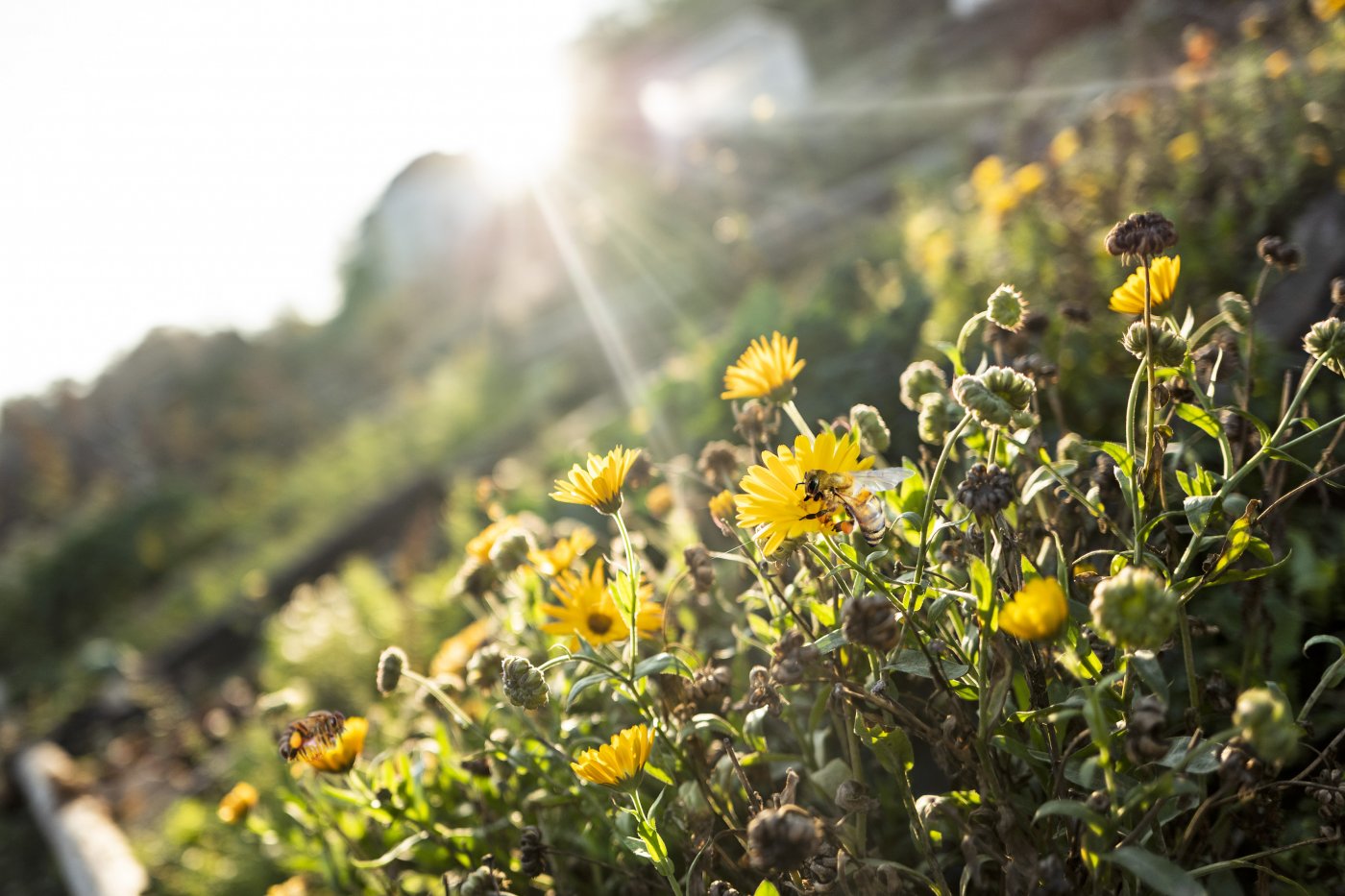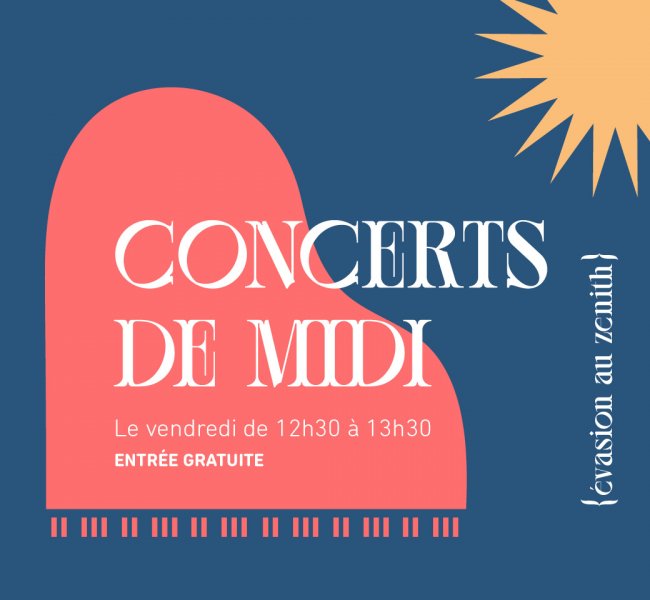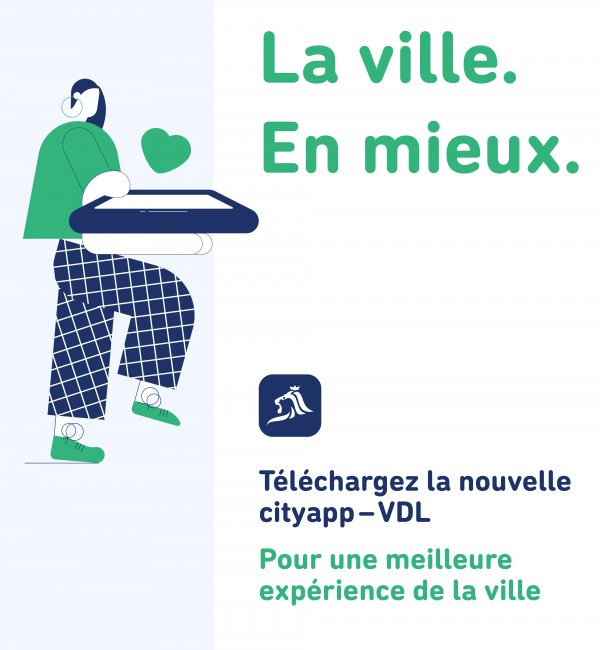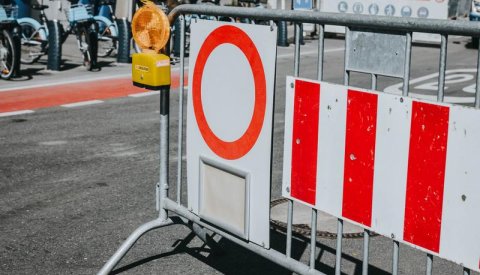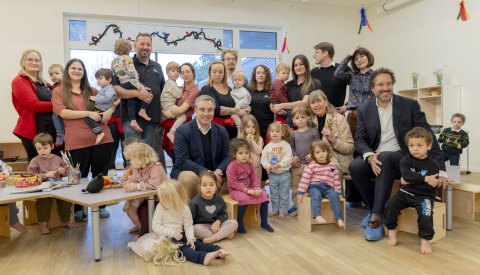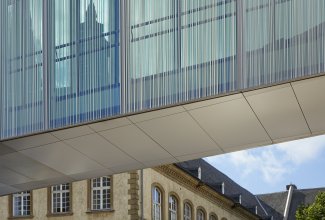Why do we need more biodiversity?
Biodiversity helps protect the soil, retains air pollutants, makes the city's urban climate more pleasant, and enhances quality of life. Urban biodiversity is the sign of a healthy environment, and must be preserved and nurtured.
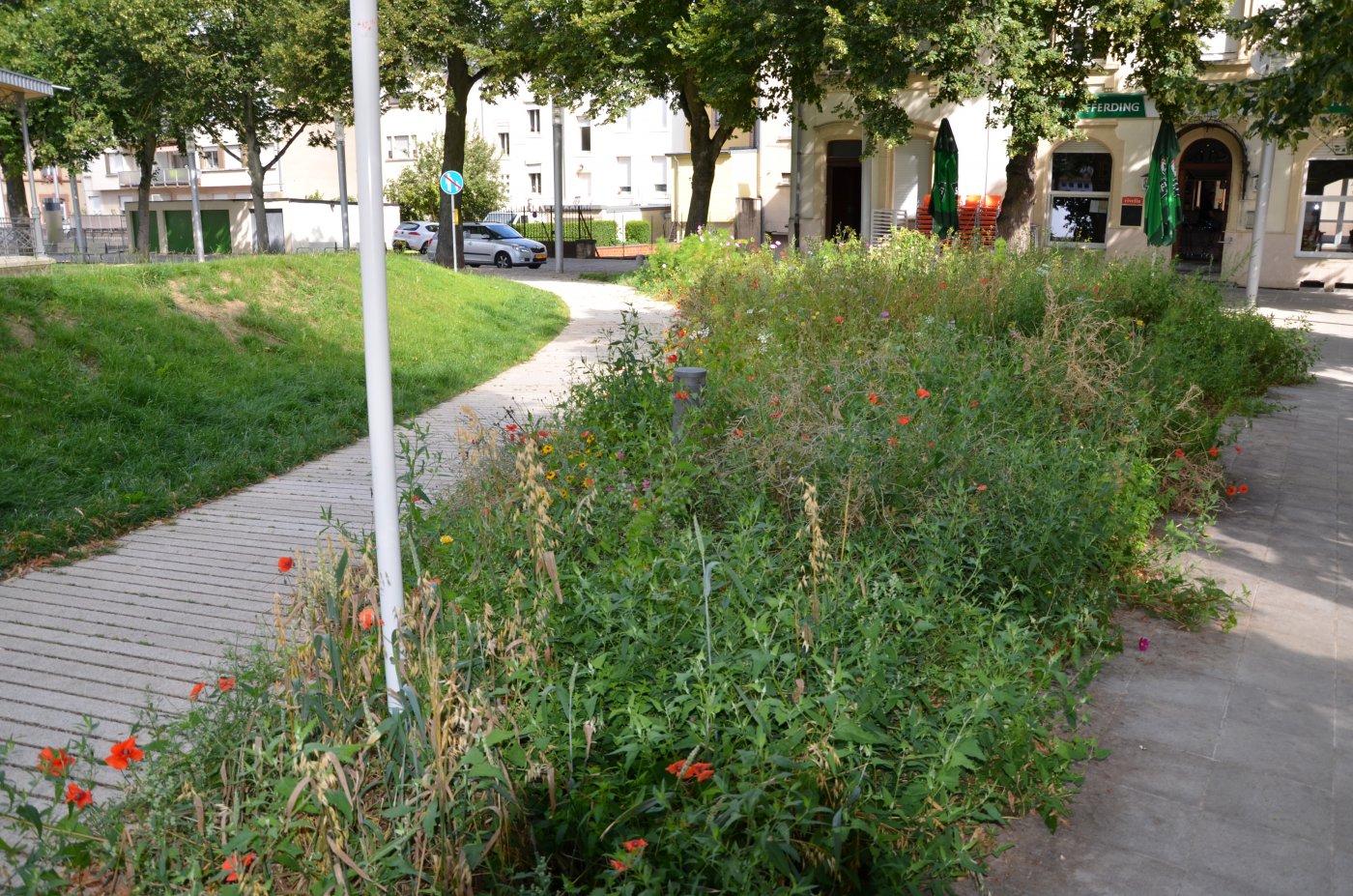
Biodiversity potential
The City of Luxembourg manages 171 hectares of public green spaces and parks, as well as 1,055 hectares of FSC-certified forests. These areas are the city’s “green lungs” and support a rich variety of plant and animal species. The City also has other habitats that promote biodiversity: waterways, ponds, gardens, cemeteries, walls, facades and roofs, parking areas, footpaths, and public squares.
The City's initiatives to promote biodiversity are based on the guidelines adopted by the government at the end of 2008 as part of the local Agenda 21 programme, and include the following:
- tolerance of spontaneous vegetation in the urban environment
- forgoing the use of herbicides and pesticides
- planting and maintenance of trees and hedges throughout the city
- sustainable management of municipal forests
- eco-friendly mowing
- use of permeable and planted surfacing
- rejecting the use of genetically modified seeds

The City of Luxembourg has received the "Naturgemeng" label. This certification is awarded to municipalities that have launched specific campaigns to protect the natural environment. As the use of pesticides was abandoned by all municipal departments in 2009, the City of Luxembourg’s participation in the Ohne Pestizide campaign was officially confirmed by the municipal council at its meeting of 9 May 2011.
Download
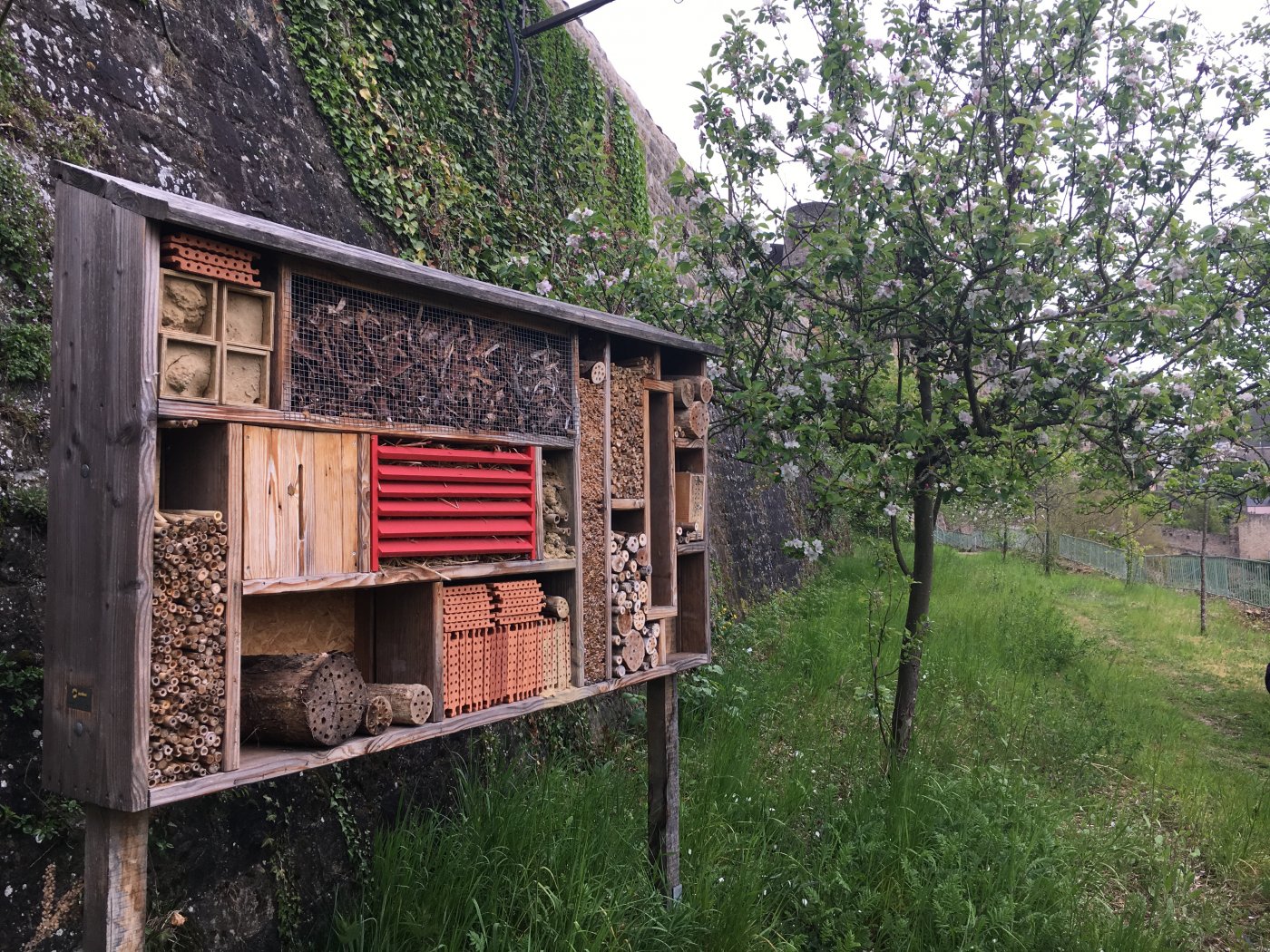
Community gardens
In 2013, the City of Luxembourg launched its first community garden project in the Bonnevoie-Kaltreis district. The aim of this project was to allow the district’s residents to rediscover the joy of growing their own produce, while developing social ties with their neighbours.
Following the success of this pilot project, two additional community gardens were opened 2014, in the Limpertsberg and Ville Haute-Gare districts. A fourth community garden was opened in Pfaffenthal in 2017, and a fifth one was opened in the Grund in 2018.
Link

Bees in the city
Owing to their crucial role as pollinators, bees are essential to the proper functioning of the ecosystem and to conserving biodiversity. In 2013, the City of Luxembourg installed hives in the Pétrusse valley to produce its own honey, called "Stater Hunneg". Since then, several additional bee-keeping sites have been established in Kockelscheuer, in Tony Neuman Park and on the Eicherfeld plateau. In 2017, the total production of Stater Hunneg amounted to 549 kg. This honey is used in the food served at the city's municipal crèches and child care centres.
Eco-friendly techniques are used for bee-keeping and honey production. In August 2016, the Service Patrimoine naturel (Natural Heritage Department) entered into an agreement with the inspection agency "Kontrollverein ökologischer Landbau" with a view to obtaining certification for its bee-keeping products.
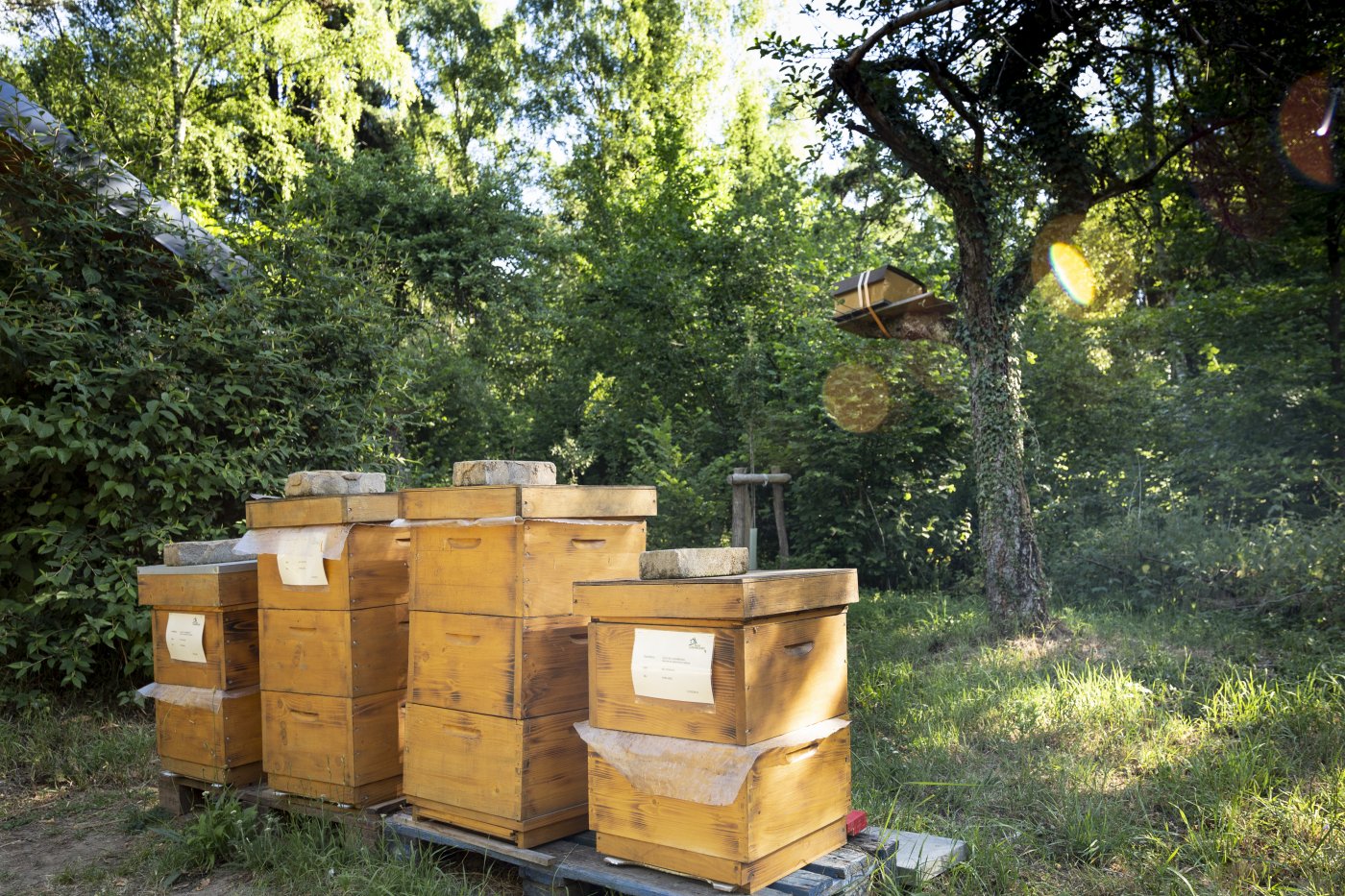
Sheep and donkeys
In order to promote biodiversity by conserving natural habitats, the City of Luxembourg has introduced a flock of heathland sheep for the maintenance of some of its orchards and sensitive natural areas.
Using eco-friendly grazing in this way also addresses other concerns such as:
- the maintenance of land parcels that are difficult to access;
- the non-mechanical maintenance of land parcels without the emission of pollutants;
- time savings for green space maintenance staff;
- conserving "life" in abandoned areas.
The flock consists of around 60 ewes and young lambs as well as one ram.
To support this eco-friendly grazing project, the Service Forêts (Forestry Department) also has about six donkeys, which graze in a way that complements the sheep.
The sheep and donkeys are monitored and cared for by the Service Forêts.
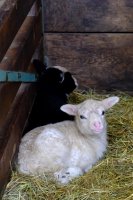

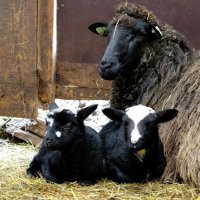
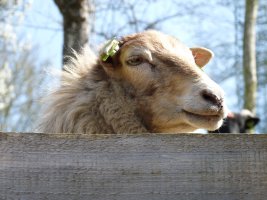
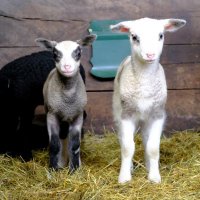
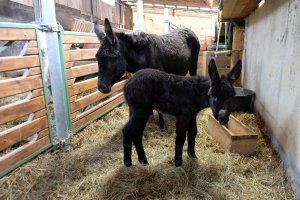
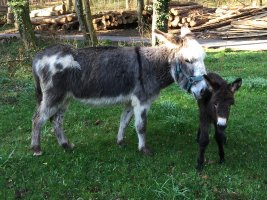
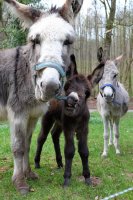
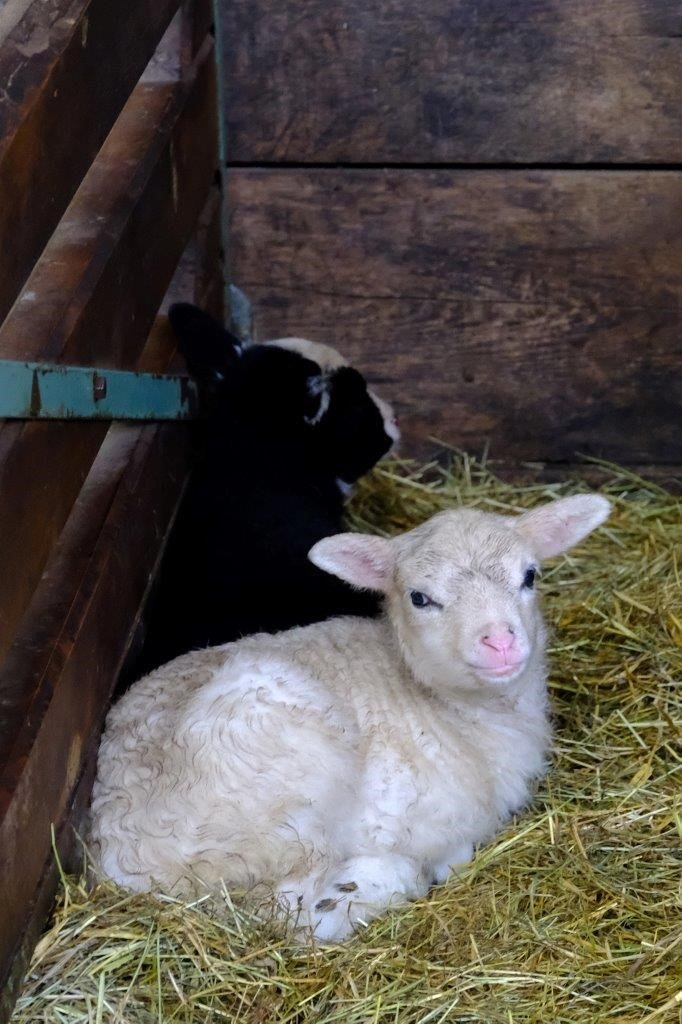
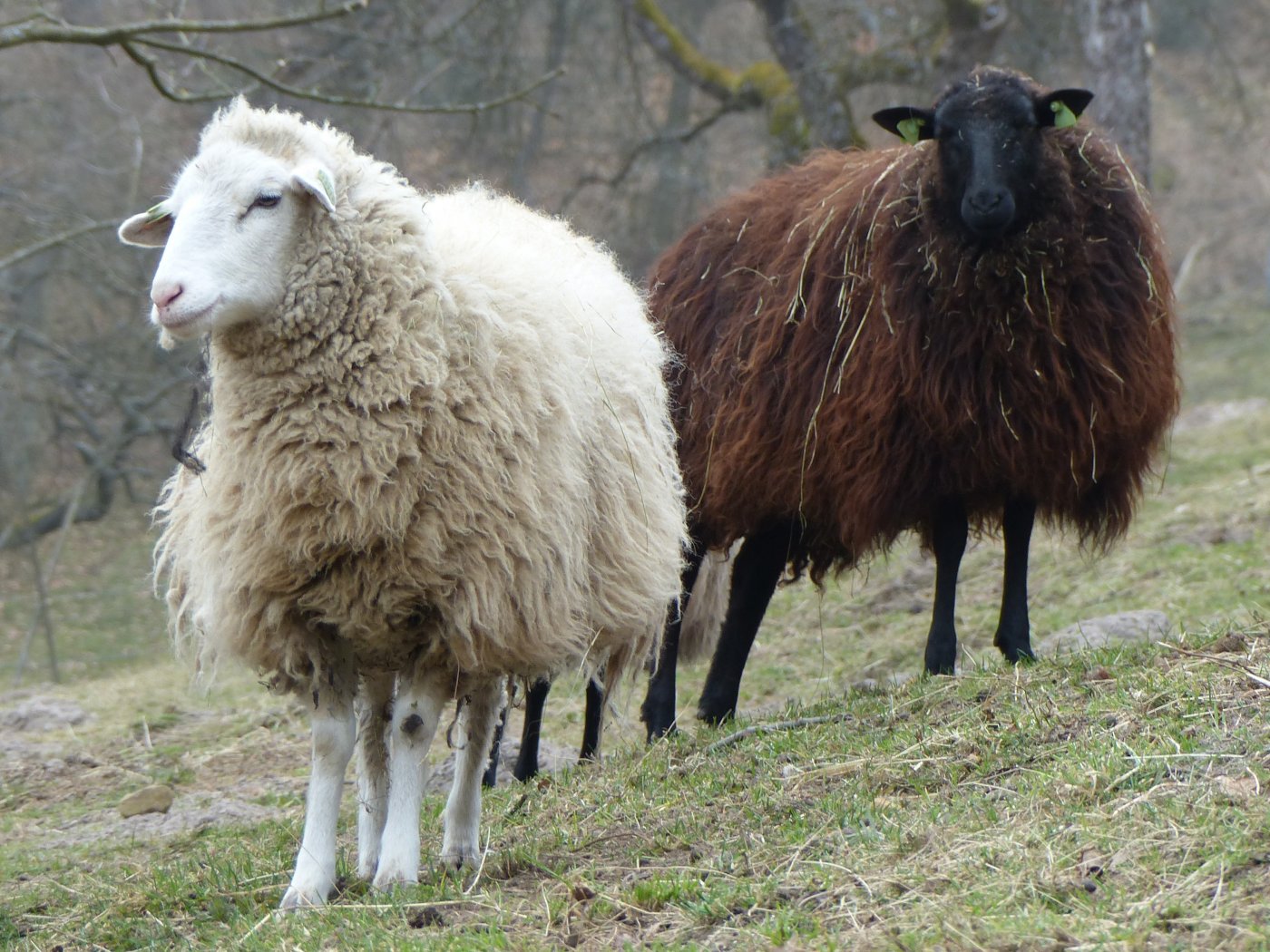
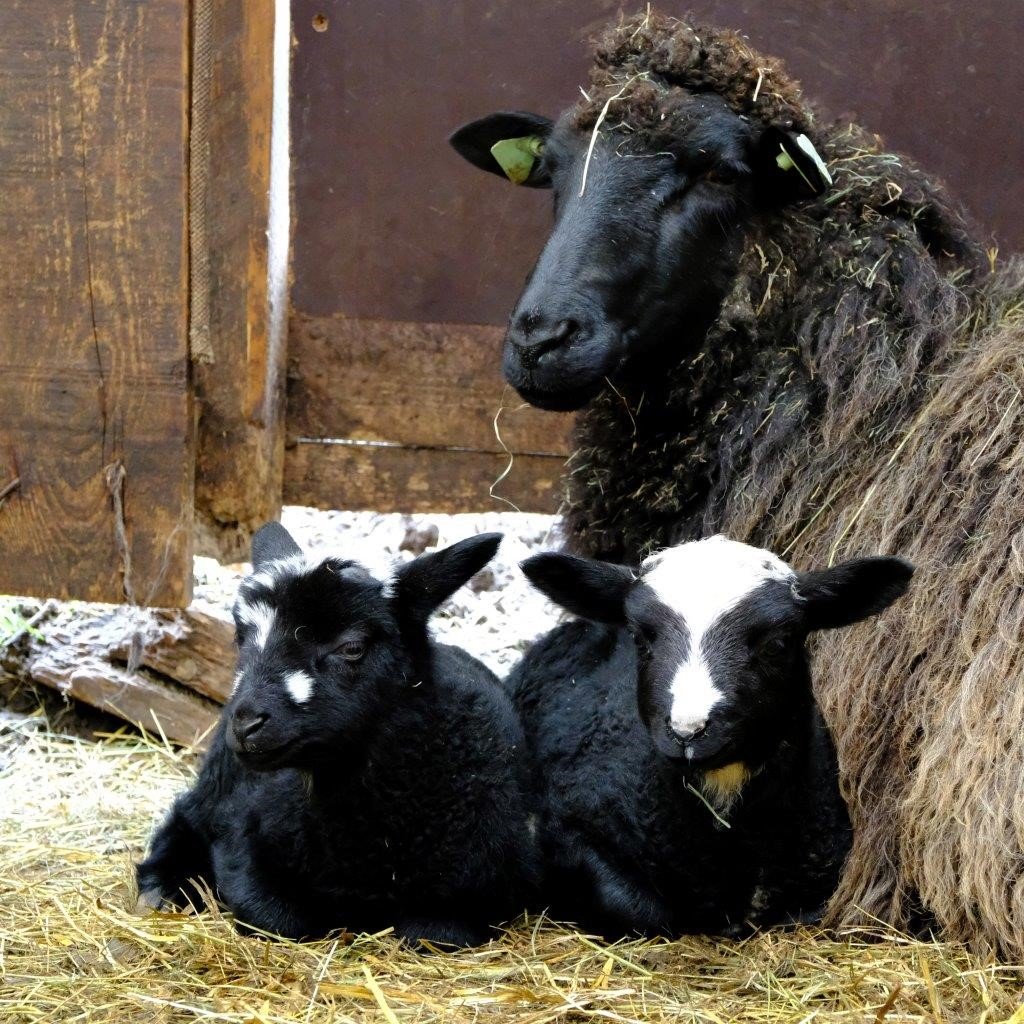
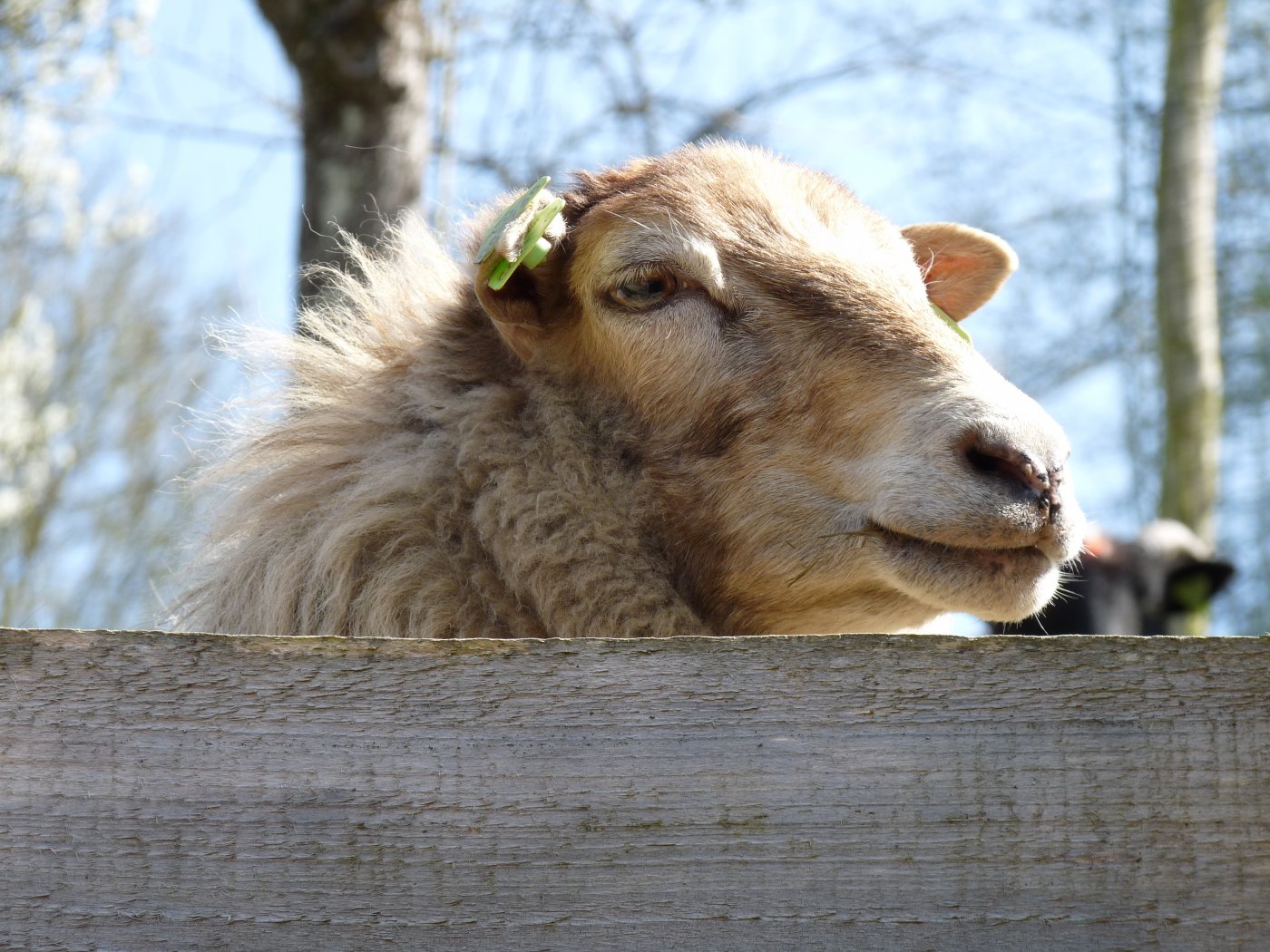
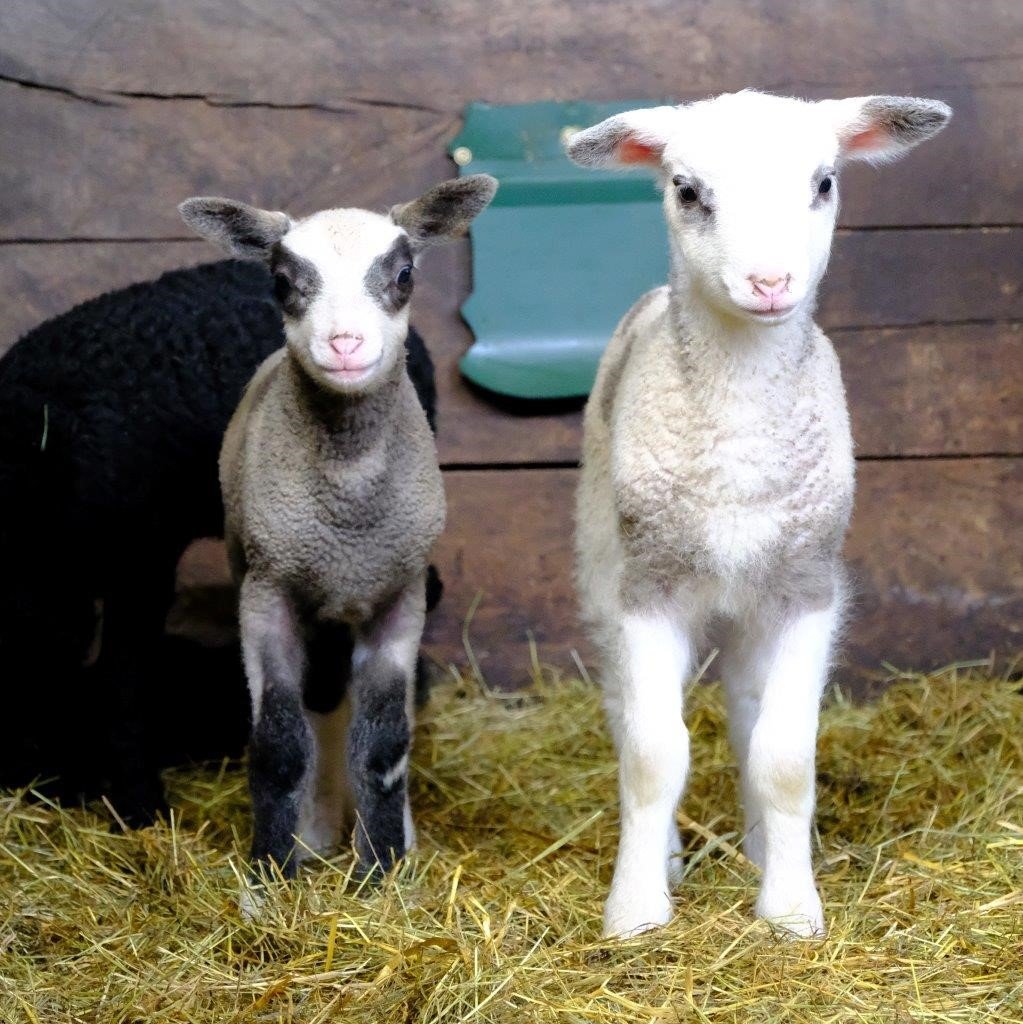
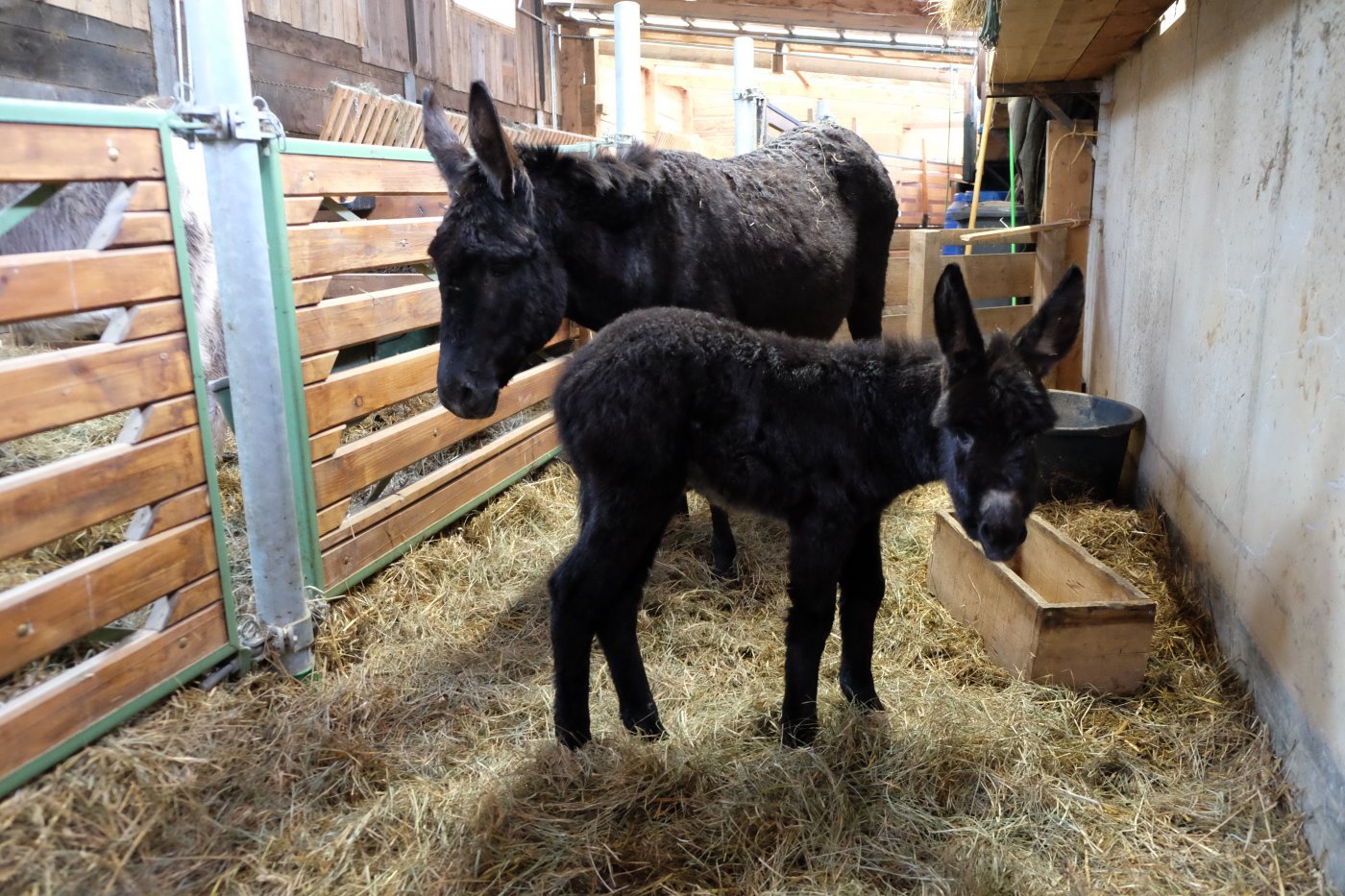
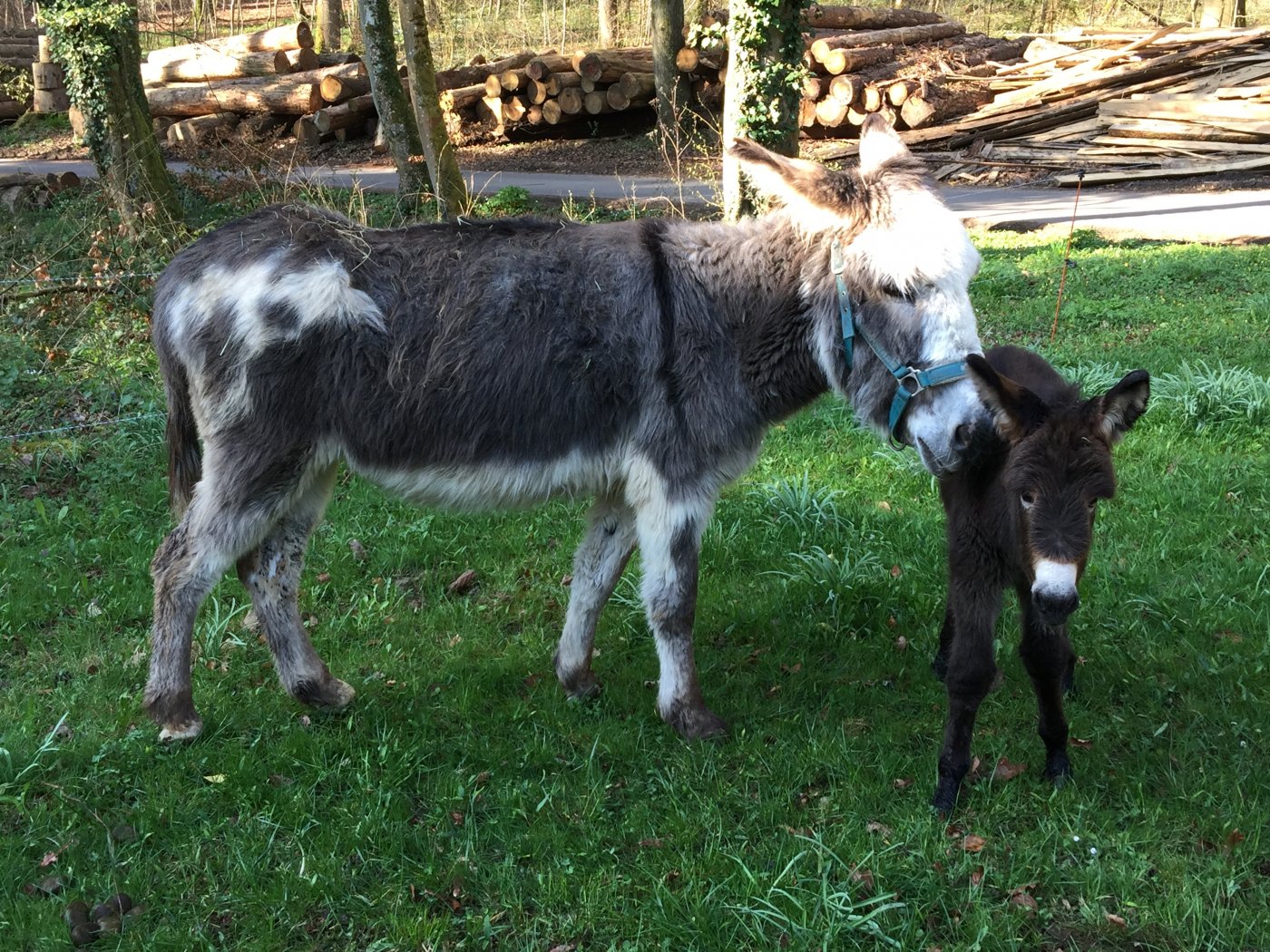
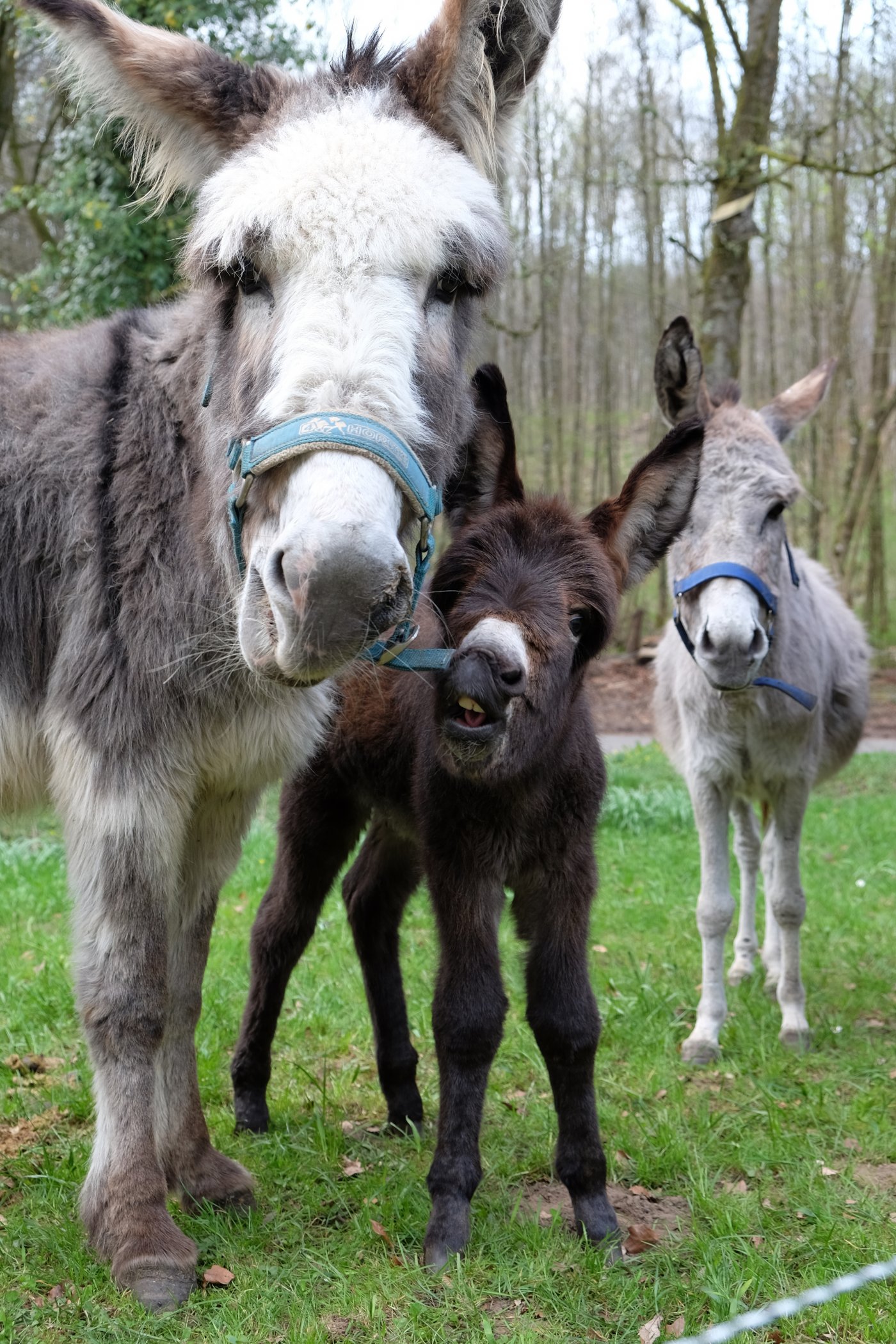
Invasive plants
Some plant species have been introduced to our area and propagate in an invasive manner due to the absence of natural enemies. For this reason, they constitute an important threat to native biodiversity. Working with the Nature and Forest Agency (Administration de la Nature et des Forêts), the Water Management Authority (Administration de la Gestion de l'Eau) and the National Museum of Natural History (Musée Nationale d'Histoire Naturelle), the City of Luxembourg’s departments have implemented a programme of measures to contain and control the spread of these species. For more information, see the document entitled "Plantes néophytes invasives" (New invasive plant species), which is available for download in the "Biodiversity at home" section below.
Detailed information on giant hogweed (Heracleum mantegazzianum), which is particularly problematic as its sap can cause painful burns, is provided on the website of the National Museum of Natural History.
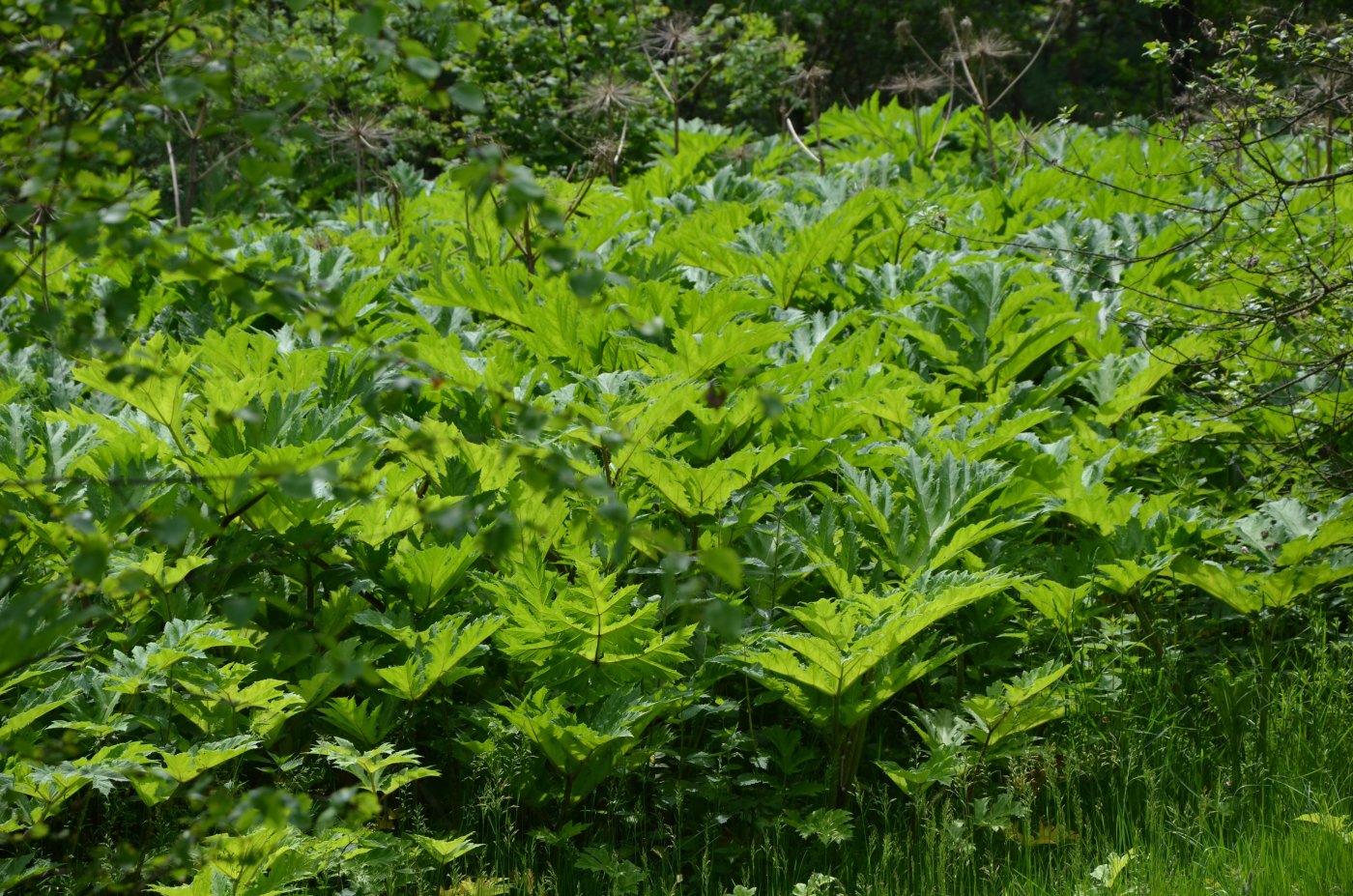
"A voller Bléi" initiative
Help protect bees and butterflies by planting native perennials that attract pollinators and bloom at various times of the year. The Mouvement Écologique website has all the information you need to turn your garden or balcony into a bee paradise!
How can you help protect biodiversity?
Apart from its own efforts to apply eco-friendly practices, the City of Luxembourg would like to share with you some ways you can stop using chemicals and help protect biodiversity in your garden. These tips are presented in the form of handy guides, created together with the environmental organisations "Haus vun der Natur", "Hëllef fir d'Natur" and the "Ligue du Coin de Terre et du Foyer".
Biodiversity at home
Downloads
Soil improvement
Downloads
Friends and enemies in the garden
Downloads
